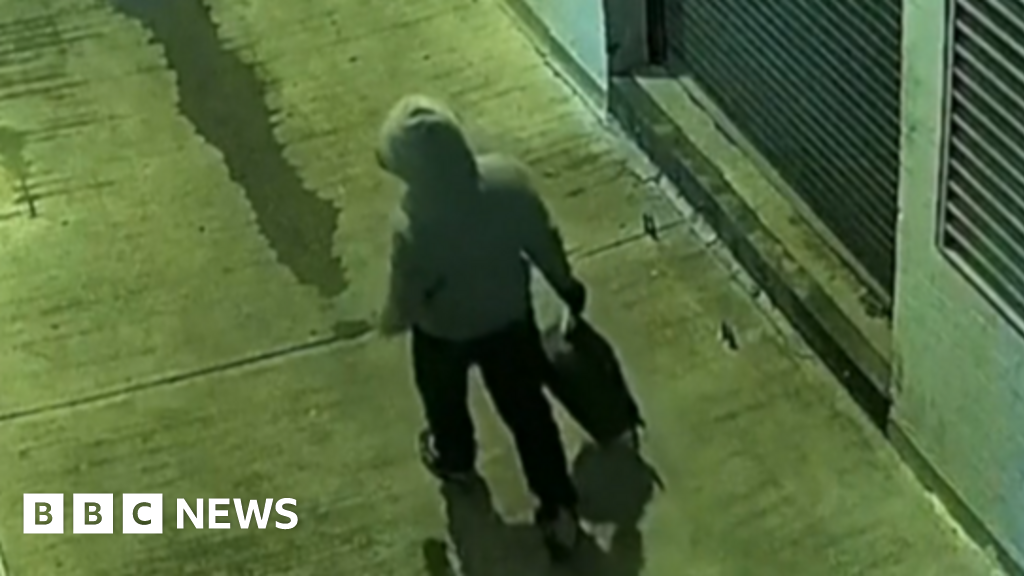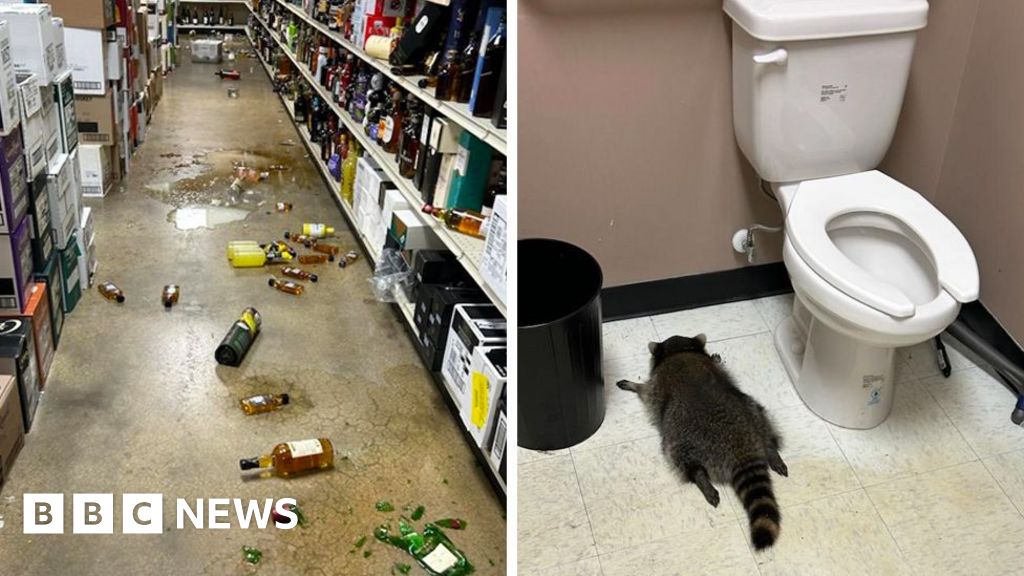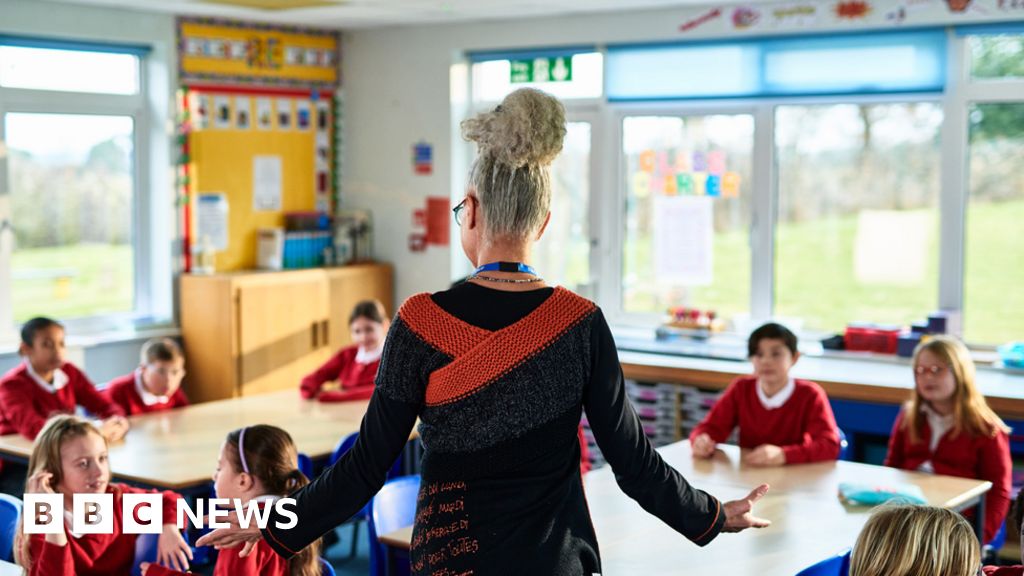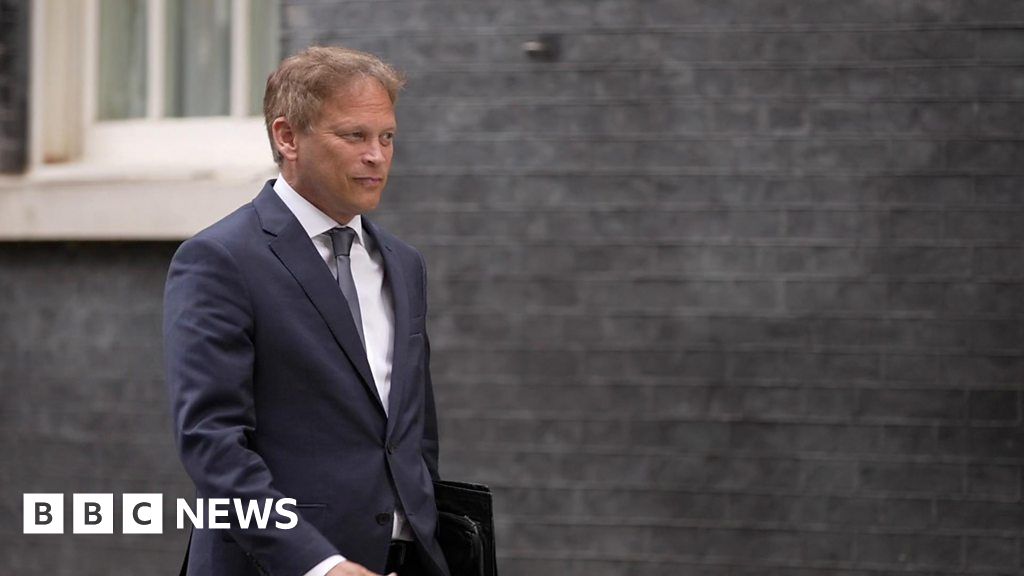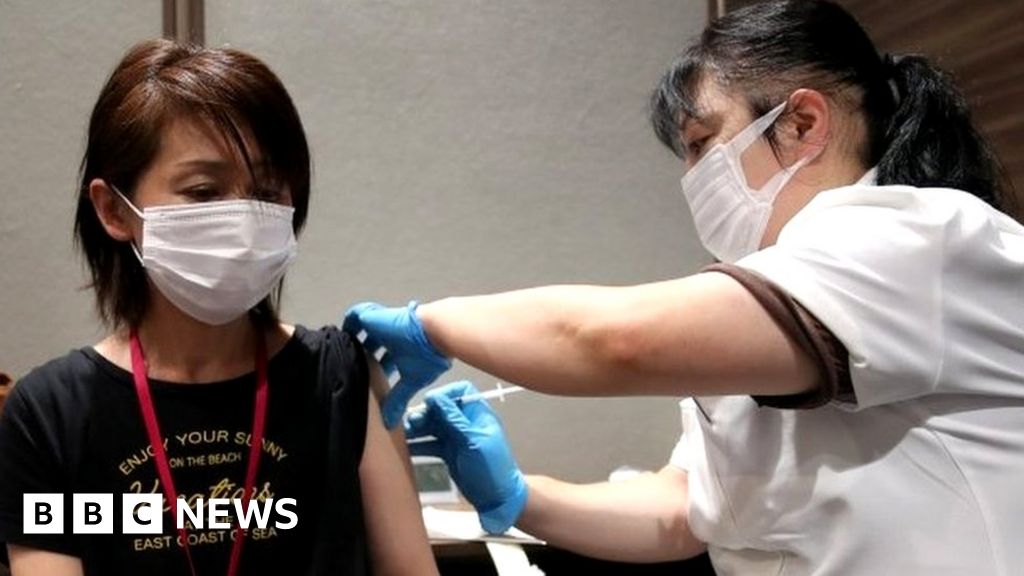With just days to go before the start of the new school year, more than 100 schools in England have been told to shut buildings made with a certain type of concrete unless they put in place safety measures. Here is what we know so far.
Why are school buildings closing?
The government has ordered 104 English schools, nurseries and colleges with reinforced autoclaved aerated concrete (RAAC) to close affected buildings immediately until safety measures, such as propping up ceilings, are introduced.
This is because there are concerns that RAAC is prone to collapse.
Education Secretary Gillian Keegan says the decision followed “new evidence” about the material, and that the government is taking a “cautious approach”.
Engineers have been combing school sites looking for RAAC and over the summer, “a couple of cases have given us cause for concern”, she said.
Unions and opposition parties are saying the government should have acted sooner.
Head teachers’ union NAHT says the timing couldn’t be worse, with children due to return from summer holidays next week, and thousands of pupils now facing disruption.
What is RAAC?
The material at the centre of all this is a lightweight concrete that was used in roofs, floors and walls between the 1950s and 1990s.
It’s a cheaper alternative to standard concrete and because it’s aerated, or “bubbly”, it’s less durable with a limited lifespan of around 30 years, and the structural behaviour differs significantly from traditional reinforced concrete.
According to Loughborough University, there are tens of thousands of these structural panels already in use and “many are showing signs of wear and tear and deterioration”.
The Health and Safety Executive says RAAC is now beyond its lifespan and may “collapse with little or no notice”.
In a statement on Thursday, the Standing Committee on Structural Safety (SCOSS) noted that: “Although called ‘concrete’, RAAC is very different from traditional concrete and, because of the way in which it was made, much weaker.”
How many schools are affected?
There are 156 settings in England with confirmed RAAC, according to Department for Education (DfE) data. Of those, 52 already had safety mitigations in place, and 104 were being contacted this week about getting them in place.
But more schools may be affected. Back in June, a report by the National Audit Office assessed that 572 schools had been identified where RAAC might be present.
Engineers have been carrying out surveys to work out where the problems are.
It’s important to remember that while there will be some disruption, there are more than 20,000 schools, colleges and nurseries in England. Today’s announcement won’t make any difference to the vast majority of schools preparing for the start of term.
Which schools are affected?
On Thursday Ms Keegan said the government would be publishing a list of affected schools – but did not say when. Labour has called for the full list.
So far, the BBC has gathered evidence to suggest that the following schools are affected:
- Ferryhill School, a secondary in County Durham – an email to parents, seen by the BBC, said the start of the new school year would be delayed. New starters would start a week late with the rest being taught online, it said. One parent told the BBC his year seven daughter was apprehensive about starting school and this put them in a “difficult position”
- Willowbrook Mead Primary Academy, Leicester – Parents were told in a letter from the school, seen by the BBC, about complex arrangements to send children from different year groups to two different schools, and give older children home schooling
- Corpus Christi Catholic Primary School, Brixton, south London – a statement from 18 August says juniors are to be relocated to a neighbouring school
- Crossflats Primary school, Bradford – the partial closure of the school has been confirmed by Bradford council. Temporary buildings are in place
- Eldwick Primary School, Bradford – Bradford Council has also confirmed some buildings are closed
Why is the government acting now?
The government has known since 1994 that some public sector buildings contain RAAC – and has been monitoring their condition since 2018, it said in a statement.
As part of that process the DfE sent out a questionnaire last year to “all responsible bodies”, asking them to provide information about the use of RAAC in schools across the country.
The government said “recent cases” had since led to a loss of confidence in buildings containing the material. It did not elaborate on what the cases were.
What have schools been told?
The DfE has issued updated guidance for schools with confirmed RAAC in their buildings, stating they should find emergency or temporary accommodation for the “first few weeks” of the term, until buildings are made safe with structural supports.
It recommends finding space in nearby schools or community centres, or an “empty local office building”.
Remote education, popularised during the pandemic, should only be considered as a “last resort and for a short period”, the guidance states.
Up until this point, schools with confirmed RAAC were being told to get plans in place just in case buildings had to be evacuated.
Now schools are being told they can’t use affected buildings at all unless safety measures are installed.
And any yet to do so are also being encouraged to fill out the DfE’s questionnaire, so officials can help schools manage RAAC if it is found on site.
How are they being supported?
All schools found to contain RAAC will be assigned a dedicated caseworker, who the DfE has said will work with the site to assess its particular needs.
The department’s guidance to schools said funding will be provided for works that are “capital funded”.
The government said it had allocated more than £15bn since 2015 to support RAAC-related works, including £1.8bn for the 2023-24 period.
What have parents been told?
“Don’t worry” is the main message from the education secretary.
In a media interview, Gillian Keegan said most parents need not be worried at all – there are more than 20,000 schools in England, and just over 150 have RAAC present.
“We are working to minimise this a much as possible,” she said. “The priority for me is your children’s safety and that’s why we are taking these precautionary measures.”
Ms Keegan said engineers have been combing school sites looking for RAAC and over the summer, “a couple of cases have given us cause for concern”.
“We need to take the cautious approach,” she added.
What other buildings might be affected?
RAAC is not just found in educational establishments. It’s also been used in a lot of other public buildings, and is causing concern across the UK.
Numerous public buildings have been identified as being at risk, including schools, hospitals and police stations.
Health officials in the identified buildings are currently working on an investigation to determine whether it is present – that’s expected to take between up to eight months.
Just last month, Harrow Crown Court, in north-west London, was shut down for the foreseeable future after RAAC was found during improvements.
Since 2018, they have been encouraging those responsible for public buildings to conduct surveys to identify the material and take steps to have it removed if found.


